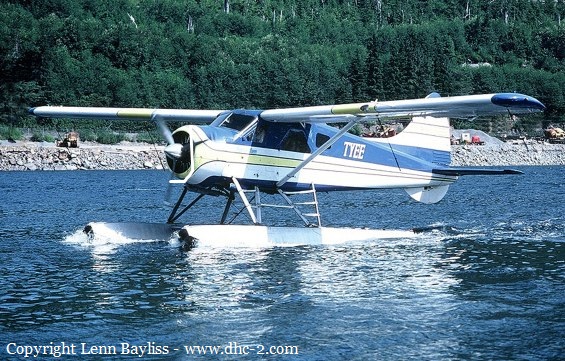Crash of a Cessna 421B Golden Eagle II in Savannah: 4 killed
Date & Time:
Dec 11, 1982 at 0025 LT
Registration:
N8001Q
Survivors:
No
Schedule:
Charleston - Savannah
MSN:
421B-0001
YOM:
1970
Crew on board:
1
Crew fatalities:
Pax on board:
3
Pax fatalities:
Other fatalities:
Total fatalities:
4
Circumstances:
The pilot reported he was on a missed approach and was returning to Charleston "heading 360°..." the aircraft crashed about 1/4 mi south and 100 feet short of the departure end of runway 27. The wreckage scatter pattern was oriented on a heading of 155°. Missed approach procedures specify a climbing right turn via a 325° heading. The left engine prop drive gear shaft had evidence of both bending and torsional failure loads. There was no evidence of machining or rotational smearing. Two of the three propeller blade tips were bent aft about the blade face. The left turbocharger had a tension failure of the turbine wheel shaft. No smear marks were noted on the fracture face. Single turbine blade impact marks were noted on the housing. The n°1 tach needle indicated 900 rpm and the n°2 tach needle indicated 1,900 rpm. All four occupants were killed.
Probable cause:
Occurrence #1: loss of engine power
Phase of operation: missed approach (IFR)
Findings
1. (c) reason for occurrence undetermined
----------
Occurrence #2: loss of control - in flight
Phase of operation: missed approach (IFR)
Findings
2. (f) light condition - dark night
3. (f) weather condition - low ceiling
4. (f) weather condition - fog
5. (f) weather condition - below approach/landing minimums
6. (f) missed approach - performed - pilot in command
7. (c) aircraft handling - not possible - pilot in command
----------
Occurrence #3: in flight collision with terrain/water
Phase of operation: missed approach (IFR)
Phase of operation: missed approach (IFR)
Findings
1. (c) reason for occurrence undetermined
----------
Occurrence #2: loss of control - in flight
Phase of operation: missed approach (IFR)
Findings
2. (f) light condition - dark night
3. (f) weather condition - low ceiling
4. (f) weather condition - fog
5. (f) weather condition - below approach/landing minimums
6. (f) missed approach - performed - pilot in command
7. (c) aircraft handling - not possible - pilot in command
----------
Occurrence #3: in flight collision with terrain/water
Phase of operation: missed approach (IFR)
Final Report:






